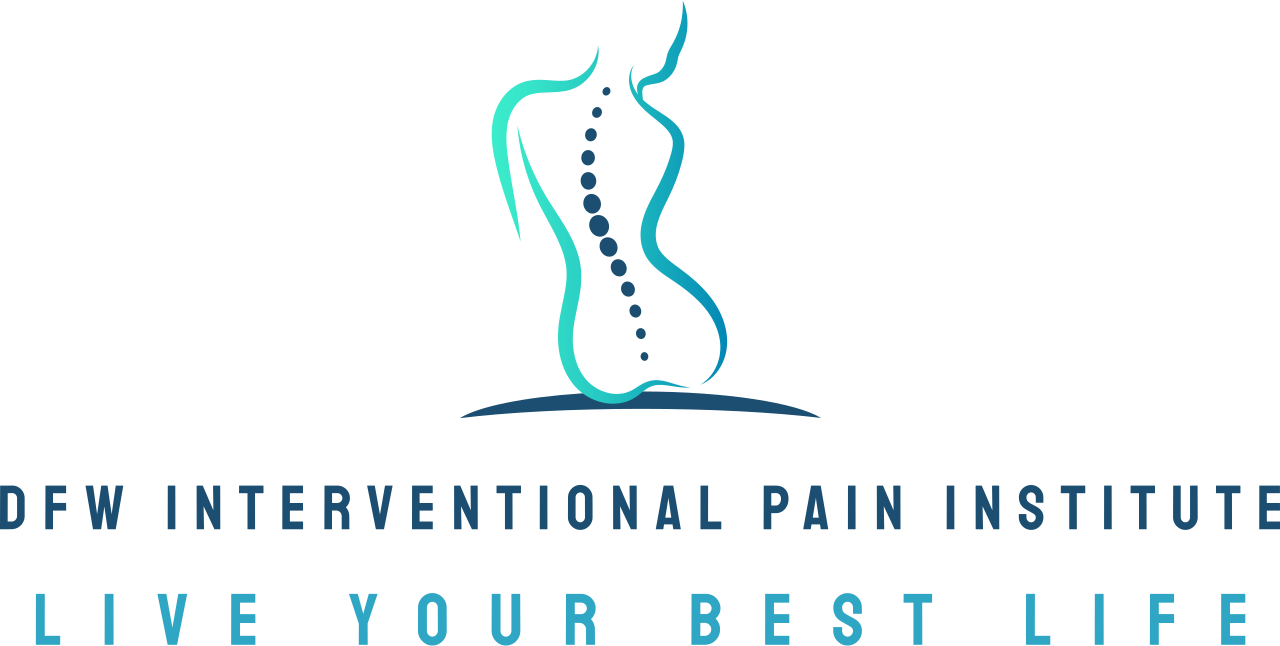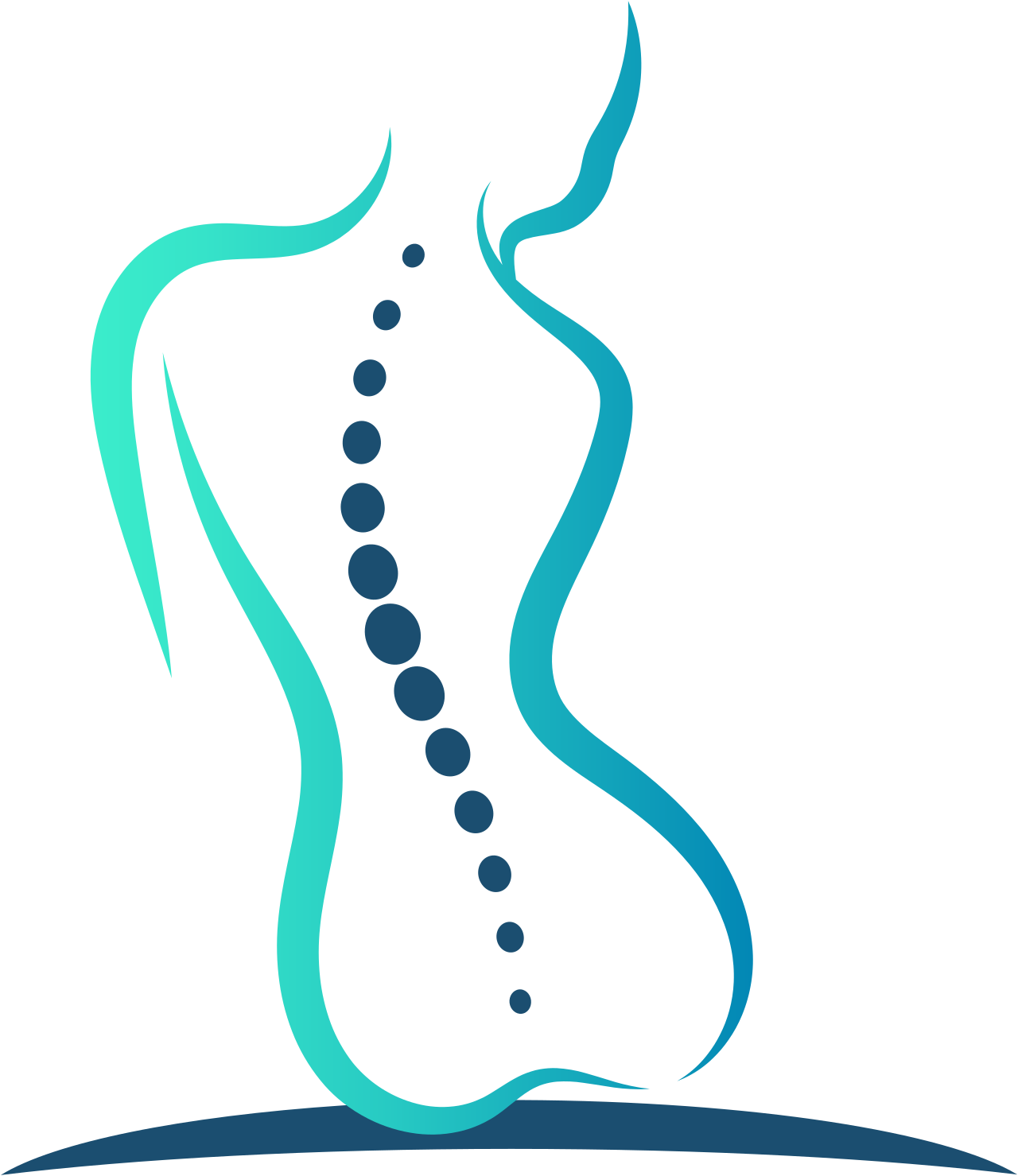The 5 best tips for managing sciatica flare ups
Living with sciatica can be a daily battle. The sharp, burning pain that shoots down your lower back, through your buttocks and into your legs can disrupt your life in a big way. It affects how you sit, stand, walk and even sleep. Understanding how to manage sciatica flare-ups is crucial for anyone seeking relief from this common condition, and this blog post offers 5 tips anyone can use to manage their sciatica flare ups better.
What is sciatica?
Sciatica is often caused by a herniated disk, bone spur on the spine or narrowing of the spine. These problems can pinch the sciatic nerve, triggering pain and discomfort, and they're one of the top pain conditions we treat at DFW Interventional Pain Institute. Other factors, such as prolonged sitting, obesity, and diabetes, can also contribute to flare-ups. Pain management doctors like Dr. Edrick Lopez work with patients to manage their sciatic pain and provide treatments that help pain sufferers improve their daily lives.
Tip #1: Correct posture and ergonomic adjustments
Maintaining proper posture is one of the simplest yet most effective ways to manage sciatica flare-ups. Good posture helps keep your spine aligned and reduces pressure on your sciatic nerve. This can lead to a significant reduction in pain over time. When sitting, make sure your feet are flat on the ground and your knees are at a 90-degree angle. Keep your back straight and avoid slouching, which can exacerbate the pain.
Ergonomic adjustments in your workstation can also make a huge difference. Invest in a chair that provides good lumbar support, and make sure your computer monitor is at eye level to avoid straining your neck. Consider using a standing desk or alternating between sitting and standing throughout the day to keep your spine healthy. Small changes in your daily routine can lead to big improvements in managing sciatica pain.
Finally, be mindful of how you move throughout the day. When lifting objects, bend at the knees instead of the waist to avoid putting unnecessary stress on your lower back. Incorporating these posture and ergonomic tips into your daily life can help you prevent sciatica flare-ups and reduce discomfort.
Tip #2: Regular exercise and sciatica relief exercises
Staying active is crucial for managing sciatica, even when it might feel counterintuitive. Regular exercise can help keep your muscles strong and flexible, which supports your spine and reduces pressure on the sciatic nerve. Low-impact activities like walking, swimming and cycling are excellent choices for people with sciatica. These exercises can help improve circulation and reduce inflammation, leading to less pain.
Stretching is also important for sciatica relief. Focus on exercises that target the muscles in your lower back, hips and legs. Stretching these areas can help alleviate tightness and improve flexibility, which can reduce pressure on the sciatic nerve. Some beneficial stretches include the hamstring stretch, knee-to-chest stretch and pigeon pose. Remember to start slowly and listen to your body, stopping if you feel any pain.
Incorporating a regular exercise routine into your life can help you manage sciatica flare-ups more effectively. It not only helps reduce pain but also improves your overall well-being. Consult with a healthcare professional or physical therapist to develop a personalized exercise plan that meets your needs.
Tip #3: Applying hot or cold therapy for inflammation
Hot and cold therapy is a simple yet effective way to manage sciatica flare-ups. Applying heat can help relax tense muscles and improve blood flow, which can alleviate pain. Use a heating pad or warm towel on the affected area for 15-20 minutes at a time. This can be particularly helpful before physical activity or stretching exercises.
Cold therapy, on the other hand, can help reduce inflammation and numb the area, providing temporary pain relief. Apply an ice pack or a bag of frozen peas wrapped in a towel to the painful area for 15-20 minutes. You can alternate between hot and cold therapy throughout the day to maximize relief.
It's essential to listen to your body and determine which therapy works best for you. Some people find that alternating between hot and cold therapy is most effective, while others may prefer sticking to one method. Always use caution when applying heat or ice to avoid burns or frostbite, and consult with a healthcare professional if you have concerns.
Tip #4: Using over-the-counter or prescription medications
Medications can play a crucial role in managing sciatica pain, especially during flare-ups. Over-the-counter pain relievers like ibuprofen or acetaminophen can help reduce inflammation and alleviate discomfort. These medications are generally safe when used as directed, but it's essential to follow the recommended dosage and consult with a healthcare professional if you have any concerns.
In some cases, prescription medications may be necessary to manage more severe pain. Muscle relaxants can help alleviate muscle spasms, while prescription-strength pain relievers can provide more potent relief. Always consult with a healthcare professional before starting any new medication, as they can help you determine the most appropriate treatment plan for your needs.
It's important to remember that medications should be used as part of a comprehensive pain management plan. Combining medication with other strategies, like exercise and ergonomic adjustments, can provide more significant relief and improve your overall quality of life.
Tip #5: Seek professional help from a pain management clinic
If you're struggling to manage sciatica flare-ups on your own, don't hesitate to seek professional help. Healthcare providers can offer a range of treatments and therapies to help you find relief. Pain management physicians like Dr. Lopez work to treat the pain at its source in a method that fits with your lifestyle, and at DFW Interventional Pain Institute, we've helped so many patients return to a more active lifestyle through various treatments.
Alternative treatments can also be beneficial for managing sciatica pain. Acupuncture, massage therapy and yoga have been shown to help alleviate pain and improve flexibility in some individuals. Losing weight, combined with a weight-loss program guided by a healthcare professional, can also provide relief. These therapies can complement traditional treatments and provide additional relief.
It's essential to consult with a healthcare professional like Dr. Lopez to determine the most appropriate treatment options for your needs. They can help you develop a comprehensive pain management plan that addresses the root cause of your sciatica and improves your quality of life.
DFW Interventional Pain Institute can help with your sciatica
Managing sciatica flare-ups can be challenging, but with the right strategies, you can find relief and improve your quality of life. By incorporating tips like maintaining proper posture, staying active, applying hot or cold therapy, using medications and seeking professional help, you can effectively manage your pain and prevent future flare-ups.
Remember, self-care is essential for managing sciatica and maintaining a better quality of life. It's important to listen to your body and make adjustments as needed. Don't hesitate to reach out for support and explore different treatment options that work best for you.
For personalized advice and treatment options, consider contacting us at DFW Interventional Pain Institute to meet with Dr. Edrick Lopez. Our team is dedicated to helping you live a pain-free life and providing the support you need to manage your sciatica effectively.

